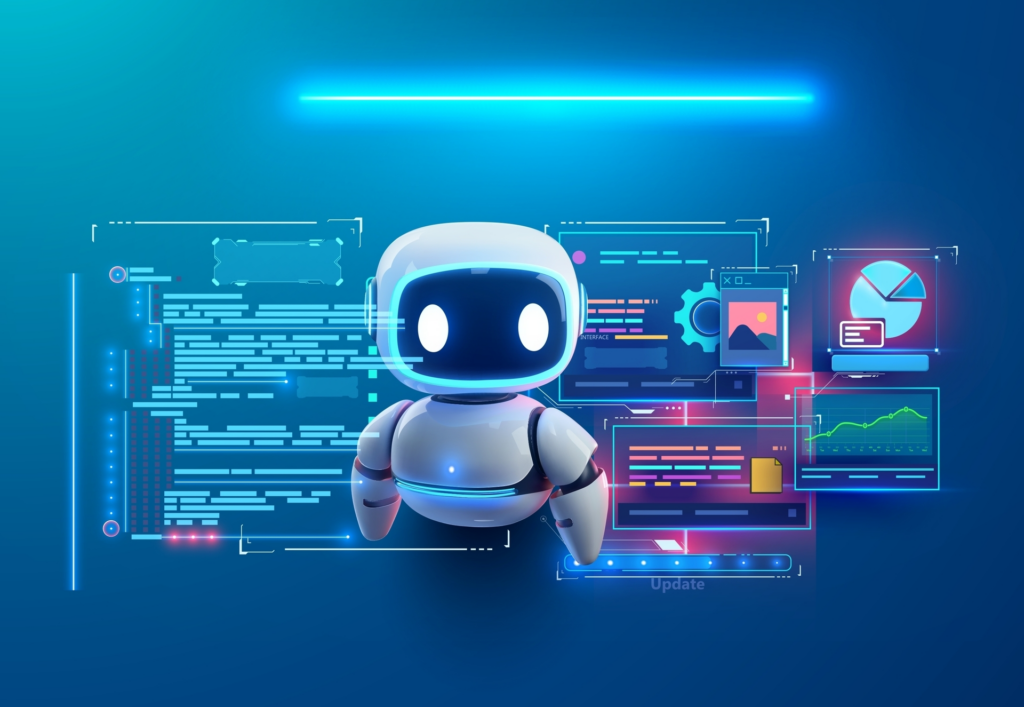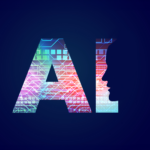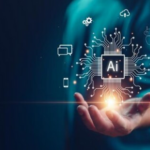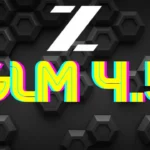
Artificial Intelligence is evolving—and fast. While traditional AI models like early chatbots have already made a significant impact, a new wave of AI is emerging: Agentic AI.
But what exactly does that mean?
In this blog, we’ll explore the key differences between traditional AI and agentic AI, explain how agentic AI works, and share real-world applications where it’s already making a difference.
Traditional AI: Intelligent, Yet Limited
Traditional AI, such as early chatbots and static assistants, is trained to generate responses based on existing data. While useful, these systems operate with clear limitations:
- They provide one-time responses
- They do not remember past conversations
- They cannot use external tools or sources
- They rely solely on pre-trained data
Essentially, traditional AI answers your questions—but that’s where the interaction ends.
Agentic AI: Purpose-Driven and Action-Oriented
Agentic AI introduces a major shift. These systems don’t just respond; they think, plan, act, and learn.
- They operate with defined goals or roles
- They can access and utilize tools like APIs, databases, and web search
- They remember previous interactions and adapt over time
- They complete tasks rather than just respond to input
This makes agentic AI more like a personal assistant—capable of making decisions, breaking down complex tasks, and delivering outcomes.
Key Differences at a Glance
Here’s a side-by-side comparison to illustrate the contrast more clearly:
| Aspect | Traditional AI | Agentic AI |
|---|---|---|
| Primary Function | Responds to prompts | Achieves goals through planning and action |
| Interaction Style | One-time response | Multi-step, goal-oriented interaction |
| Memory | No memory of past conversations | Maintains context and learns from past interactions |
| Knowledge Source | Uses only pre-trained data | Can access external tools, APIs, and real-time data |
| Reasoning Capability | Limited to pattern recognition | Can reason, plan, and adjust dynamically |
| Tool Usage | Cannot use external tools | Can utilize tools (e.g., search engines, APIs, databases) |
| Task Execution | Responds with an answer | Performs tasks and completes actions |
| Adaptability | Static behavior | Adaptive and iterative approach |
| Goal Orientation | No defined objective | Operates with specific roles and goals |
| Example Use Case | Basic chatbot answering FAQs | AI assistant managing end-to-end customer service interaction |
The ReAct Process: How Agentic AI Operates
Agentic AI often works using the ReAct (Reason + Act) framework:
- Reason – Think through the request
- Plan – Develop a strategy for solving it
- Act – Use tools or take actions
- Reflect – Evaluate results
- Adjust – Iterate as needed
This loop allows agentic systems to make decisions in real-time and handle increasingly complex workflows.
Real-World Applications of Agentic AI
Agentic AI is already being used in a variety of industries and roles:
- Research Agents: Gather information, compare sources, and generate reports
- Coding Assistants: Write, test, and debug code autonomously
- Customer Support AI: Access user accounts, perform actions, and resolve issues without human involvement
- Operations Bots: Automate workflows, track performance, and optimize business processes
The Bottom Line
Traditional AI answers. Agentic AI acts.
As businesses and technologies become more complex, we need systems that can do more than just respond. Agentic AI is the next leap forward, capable of thinking, reasoning, and executing tasks to meet defined goals.
Ready to Learn More?
Whether you’re a beginner or looking to dive deeper, here are some curated resources:
- 🔵 Beginner Guide – What Are AI Agents?
- 🟢 Mid-Level – Understanding Agentic Workflows
- 🔴 Advanced – Free eBook on Agentic Architectures
The future of AI isn’t just about intelligence—it’s about autonomy, adaptability, and action. Agentic AI is already changing the way we work, and it’s only the beginning.














